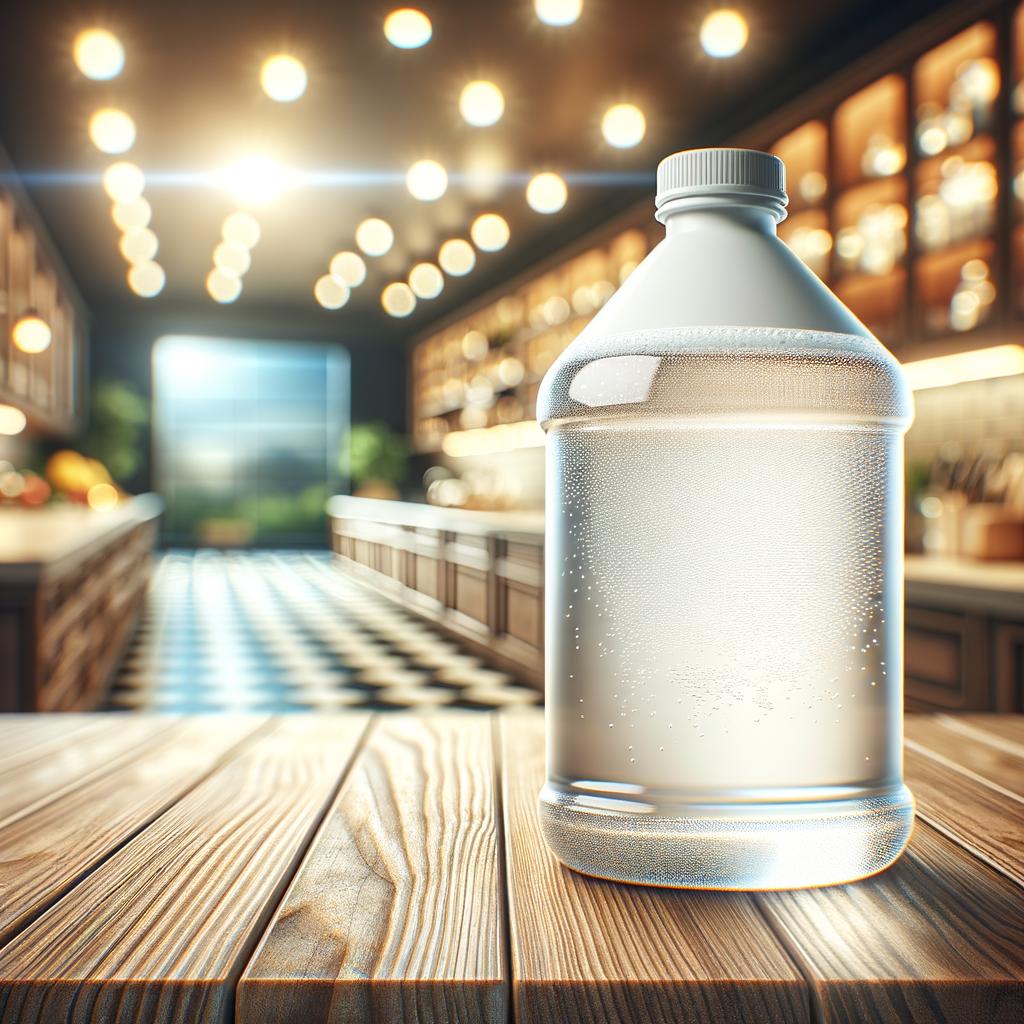Lye

Description
Lye, also known as sodium hydroxide, is a potent, alkaline substance that is both intimidating and fascinating. It presents itself as a white, crystalline solid, often sold in flake or granule form. It is odorless and has a slippery texture when mixed with water. Its flavor profile is not one to be trifled with, as it can be corrosive and harmful if ingested in its raw form. The magic of lye, however, lies in its transformative properties when used correctly in food preparation, turning the simplest of ingredients into culinary masterpieces.
Primary Uses
Lye plays a pivotal role in several culinary applications, despite its hazardous nature. Its most notable use is in the creation of pretzels, where a lye bath gives the dough its characteristic deep-brown crust and distinctive flavor. Lye is also used in the production of traditional ramen noodles, where it lends them their yellow color and firm texture. It is also the secret behind the smooth, gelatinous texture of century eggs, a Chinese delicacy. Outside the kitchen, lye is used in soap making and biodiesel production.
History
Lye's history is as caustic as its nature. It's believed to have been discovered by soap makers on the banks of the River Nile when water, enriched with the alkaline ashes of plants, mixed with the fats in animal sacrifices. This accidental discovery led to the creation of the first soaps. In the culinary world, the use of lye can be traced back to the Middle Ages, where it was used in the making of traditional pretzels in Germany. The tale goes that a monk invented the pretzel as a reward to children who learned their prayers, with the twisted shape representing the crossed arms of praying children. Over time, the use of lye has evolved, and its application has spread to various cuisines around the world.
Nutritional Information
While lye itself does not offer nutritional value, its role in food preparation can indirectly influence the nutritional profile of certain foods. For instance, lye treatment in pretzels enhances their glycemic index, making them a better source of energy. However, it's important to note that lye should be used sparingly and carefully due to its corrosive properties. In comparison to similar substances like baking soda, lye is much more alkaline and can be harmful if not handled correctly. Yet, when used responsibly, it can unlock a world of culinary possibilities.
In the end, lye is a testament to the transformative power of food, turning simple dough into pretzels, basic eggs into century eggs, and ordinary flour into ramen noodles. It's a reminder that sometimes, it is the most unlikely ingredients that hold the key to culinary magic.

